Description
The Weather Activity Bundle includes eight resources that help students enjoy learning about what weather is, some of the tools forecasters use to measure it, how certain types of extreme weather form, types of clouds, the science of snowflakes, different types of weather and atmospheric phenomena, and more through engaging text, guided drawing, copywork, notebooking, and more. See a preview of each title at the links below.
Youi may also enjoy Natural Disasters Terminology & Copywork Bundle (Ages 8-13).
Forecasting and Understanding the Weather-Learning About Science, Level 3: Show your students what weather is, some of the tools forecasters use to measure it, and how certain types of extreme weather form. Discover the three elements of weather—sunlight, water, and air—as well as air temperature, air pressure, humidity, and air masses. Look at tools including the thermometer, anemometer, wind sock, weather vane, barometer, barograph, rain gauge, and weather balloon, and take a closer look at 14 types of weather including blizzards, dust storms, earthquakes, floods, fog, droughts, hurricanes, ice storms, mud slides, thunder and lightning, tornadoes, tsunamis, volcanoes, and wildfires.
Students can personalize this book by coloring the illustrations and tracing the key words in the space provided. Incorporate some fun and handwriting practice into science. A review activity sheet with answer key is also included. 18 pages total. Available in print and cursive handwriting versions.
Forecasting & Understanding the Weather Activity Book: Help your students have fun while learning key terms and definitions related to weather and weather forecasting with this Forecasting & Understanding the Weather Activity Book. Ten engaging activities include various letter puzzles, matching, drawing puzzles, graphing puzzles, multiple choice, and more. Answer key is included. 25 pages total.
A Closer Look at the Science of Snowflakes-Learning About Science, Level 3: Is there more to snow than meets the eye? What is the difference between a snow crystal and a snowflake? Dive into this earth science unit to discover these answers and many more. Learn how a snowflake begins with water vapor and cools until it forms a delicate snow crystal. Take a closer look at some of the shapes of snow crystals including stellar plate, sectored plate, simple star, branched star, stellar dendrite, triangular crystal, column, needle, and needle cluster. Students can personalize this book by coloring the illustrations and tracing the key words in the space provided. Incorporate some fun and handwriting practice into science. A review activity sheet with answer key is also included. Available in print or cursive handwriting versions. 11 pages total.
A Closer Look at the Science of Snowflakes Activity Book: Help your students have fun while learning key terms and definitions related to snowflakes, snow crystal shapes, and more with this A Closer Look at the Science of Snowflakes Activity Book. Ten engaging activities include various letter puzzles, matching, graphing puzzles, drawing puzzles, and more. Answer key is included. 24 pages total.
Draw and Explore Science: Weather Forecasting Tools: The Draw and Explore Science series is a great way to combine art and science. A short description of ten different terms related to weather forecasting tools is given. Each is followed by a related image on a grid. Next, students can do one or all of the assignments that follow. They can draw half of the image in a grid that shows the left half of the picture, half of the image in a grid that shows the right half of the picture, or the entire image on an empty grid. This makes the unit completely flexible for both left-handed and right-handed students. Ten review questions and an answer key are also included. Tools studied include anemometer, barograph, barometer, hygrometer, rain gauge, thermometer, digital thermometer, weather balloon, weather vane, and wind sock. 31 pages total.
Draw and Explore Science: Types of Clouds: The Draw and Explore Science series is a great way to combine art and science. A short description of ten different types of clouds is given. Each is followed by an image of the cloud on a grid. Next, students can do one or all of the assignments that follow. They can draw half of the image in a grid that shows the left half of the picture, half of the image in a grid that shows the right half of the picture, or the entire image on an empty grid. This makes the unit completely flexible for both left-handed and right-handed students. Ten review questions and an answer key are also included. Types of clouds included are cirrus, cumulus, stratus, altocumulus, altostratus, cirrocumulus, cirrostratus, cumulonimbus, nimbostratus, and stratocumulus. 31 pages total.
Weather Phenomena Terminology & Copywork: Help students learn the terminology of weather phenomena with this copywork. Students copy 30 keywords and their definitions. Each copywork page also includes a border with geometric patterns that students can color and use to design patterns if they wish. Keywords covered are ball lightning, Belt of Venus, blood moon, Catatumbo lightning, fallstreak hole, fire rainbow, frostwork, dust devil, fire whirl, giant hailstones, green flash, katabatic wind, lenticular clouds, mammatus cloud, midnight sun, moonbow, Morning Glory clouds, noctilucent cloud, pyrocumulus cloud, sea smoke, snow roller, St. Elmo’s fire, sundogs, sun halo, sun pillar, supercell, virga, volcanic lightning, waterspout, and white rainbow. 36 pages total. Available in print and cursive handwriting versions.
Weather & Atmospheric Phenomena Notebooking Journal: With this unit, students have a chance to discover 34 different types of weather and atmospheric phenomena and record key information about each one such as what it is, where it happens, when it happens, and other interesting facts they discover. They can also draw or cut and paste a picture of the phenomena from a magazine or resource. Types of phenomena include the aurora australis, aurora borealis, ball lightning, Catatumbo lightning, snow doughnuts, and many more. 37 pages total.

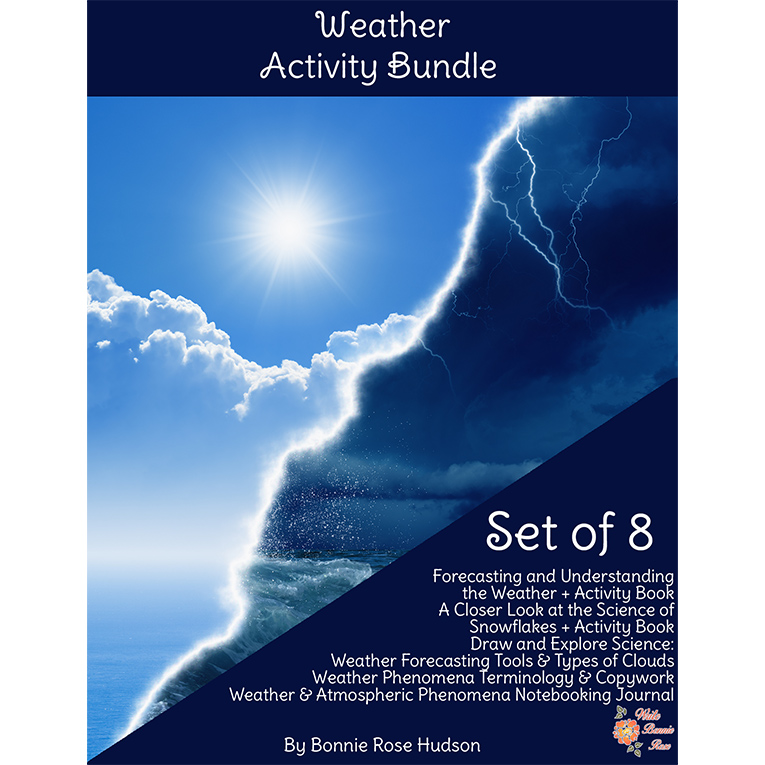
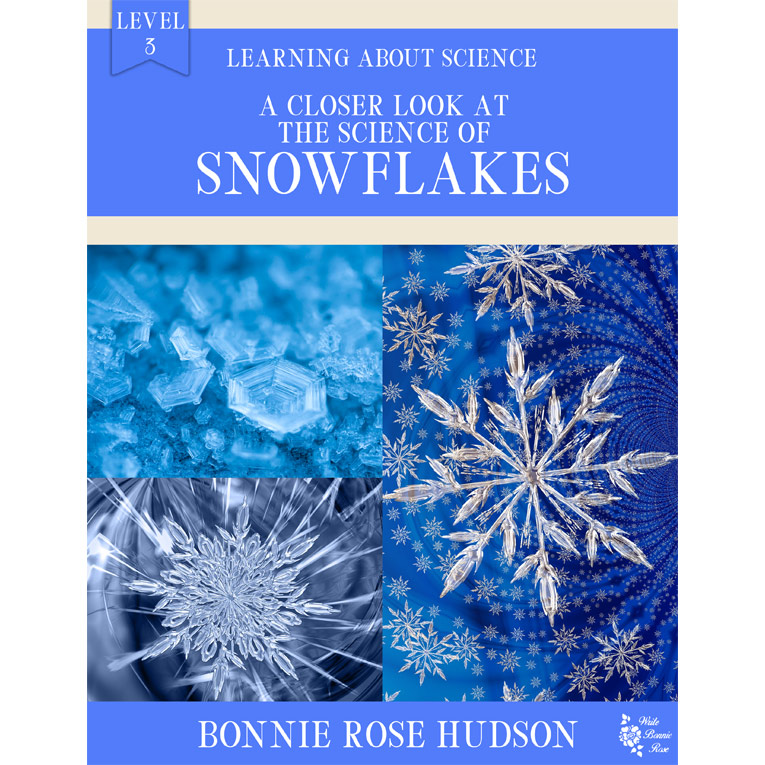
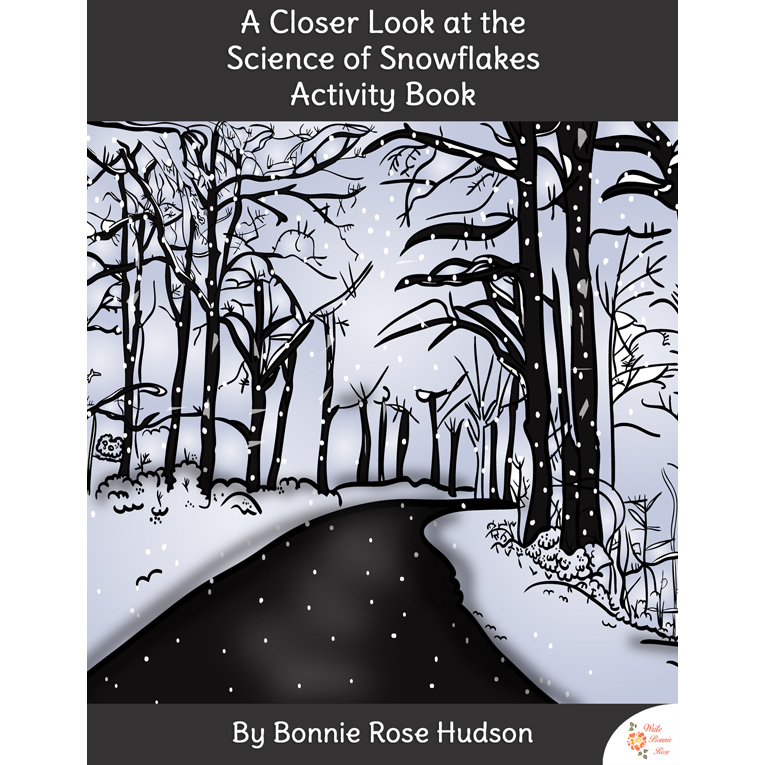
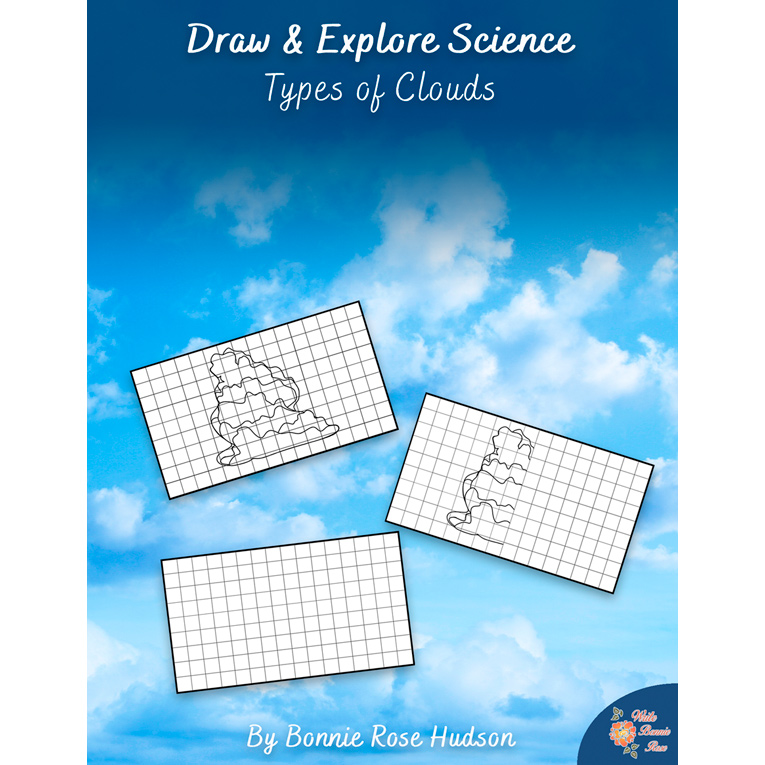
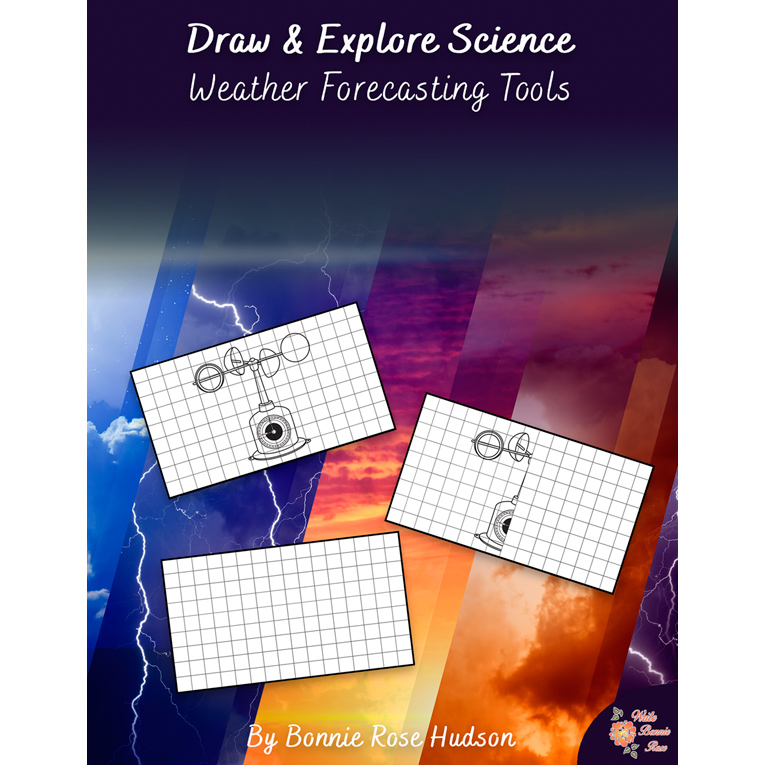
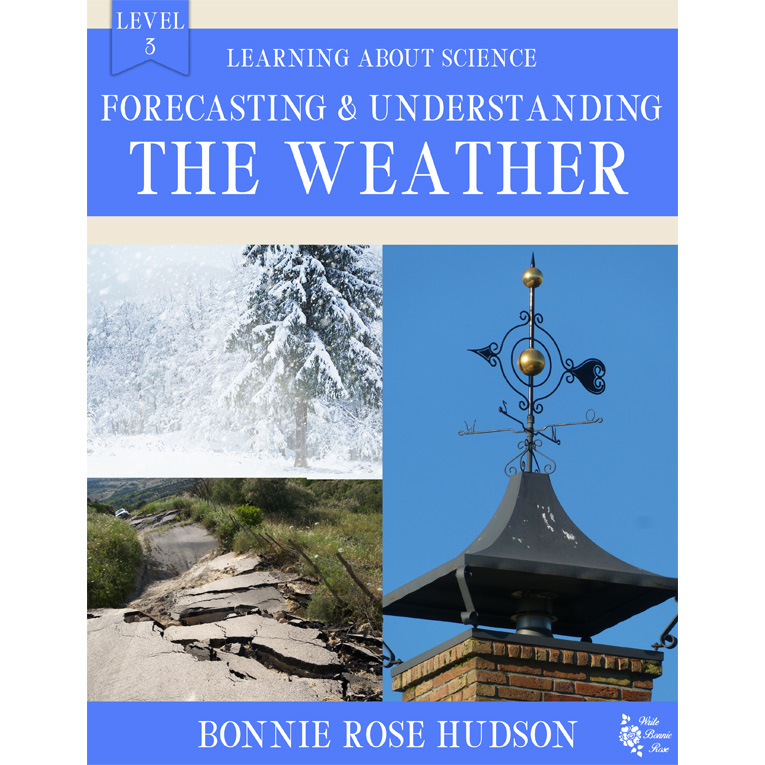
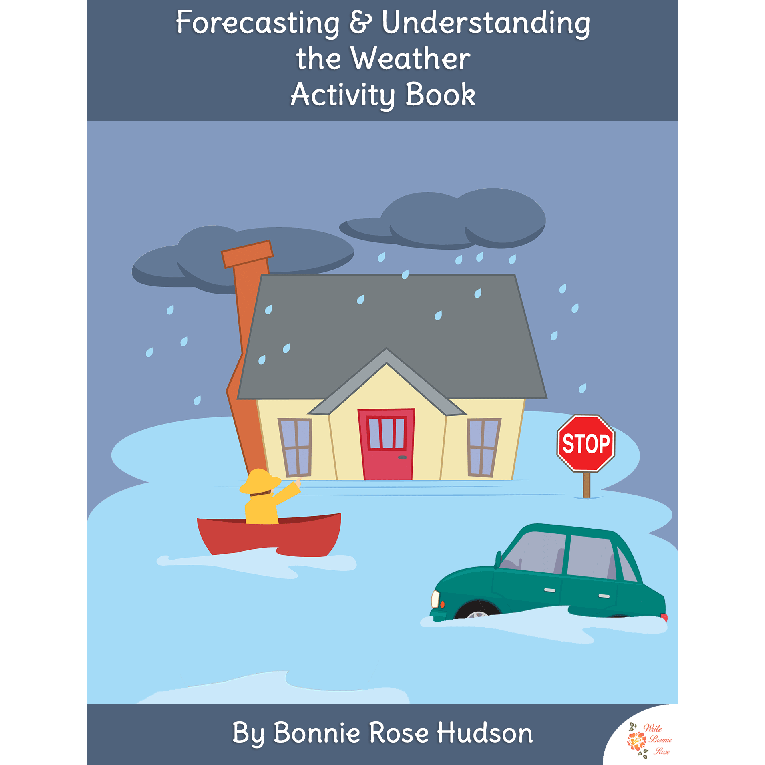
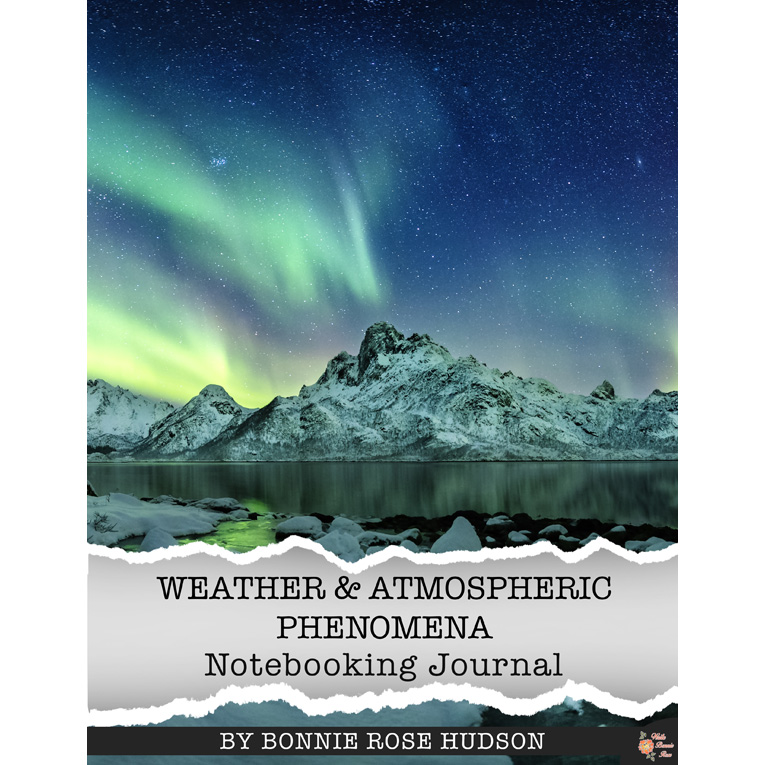

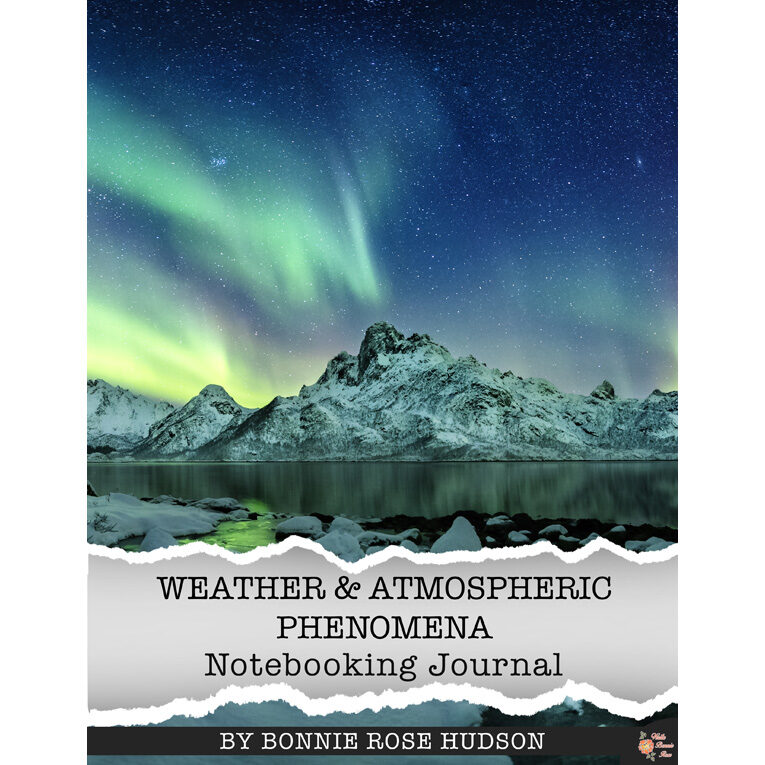
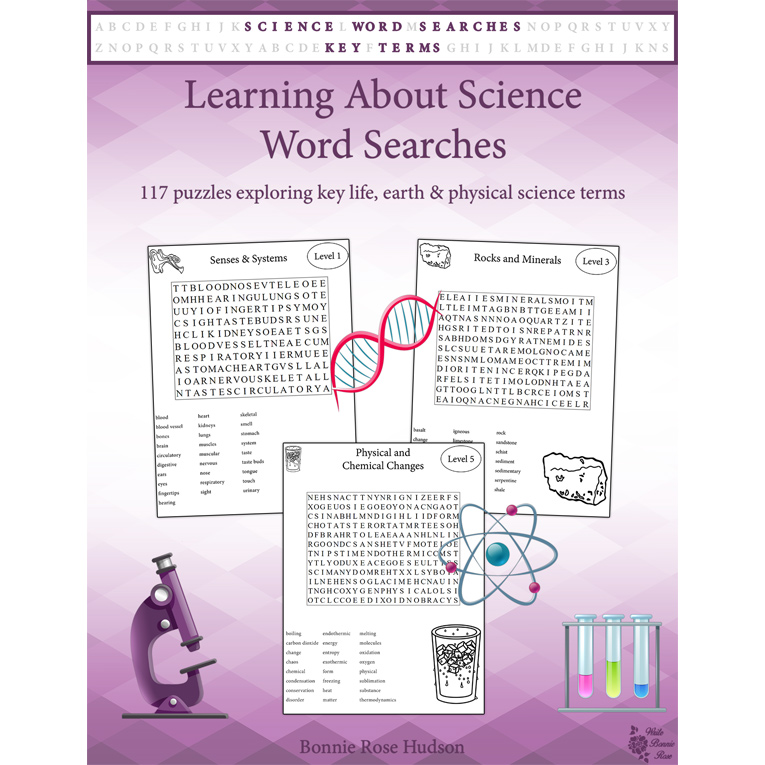
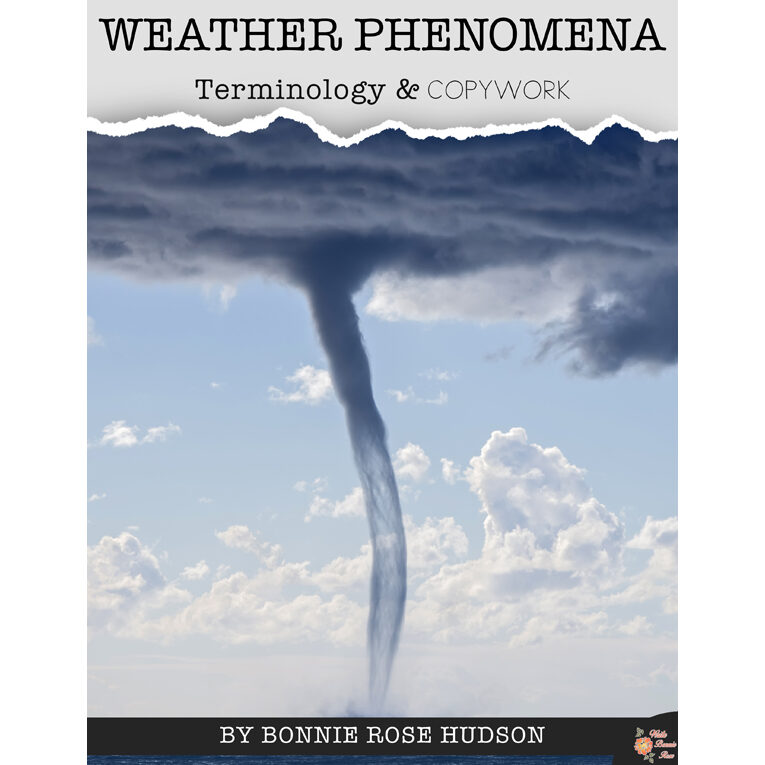
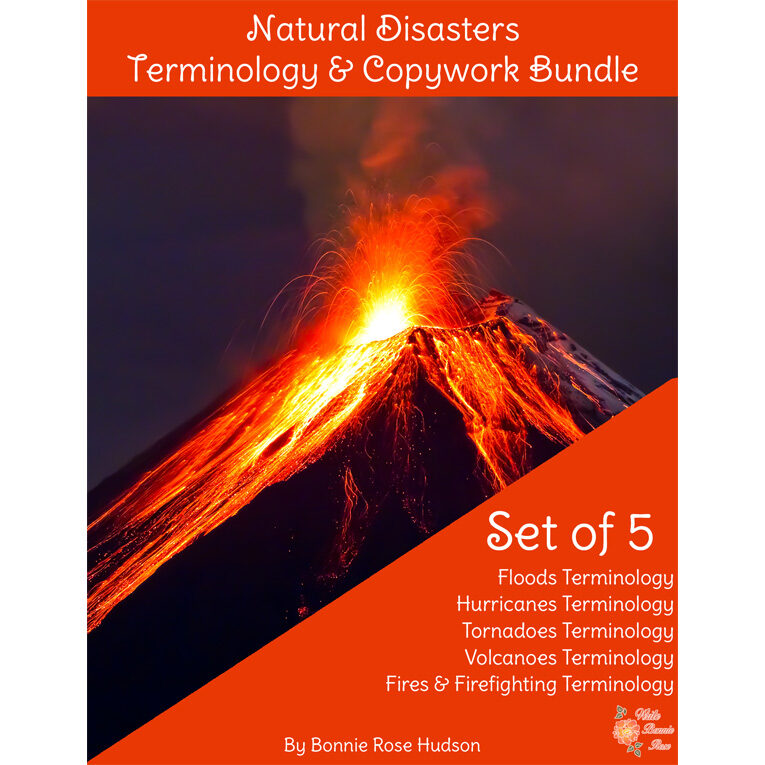
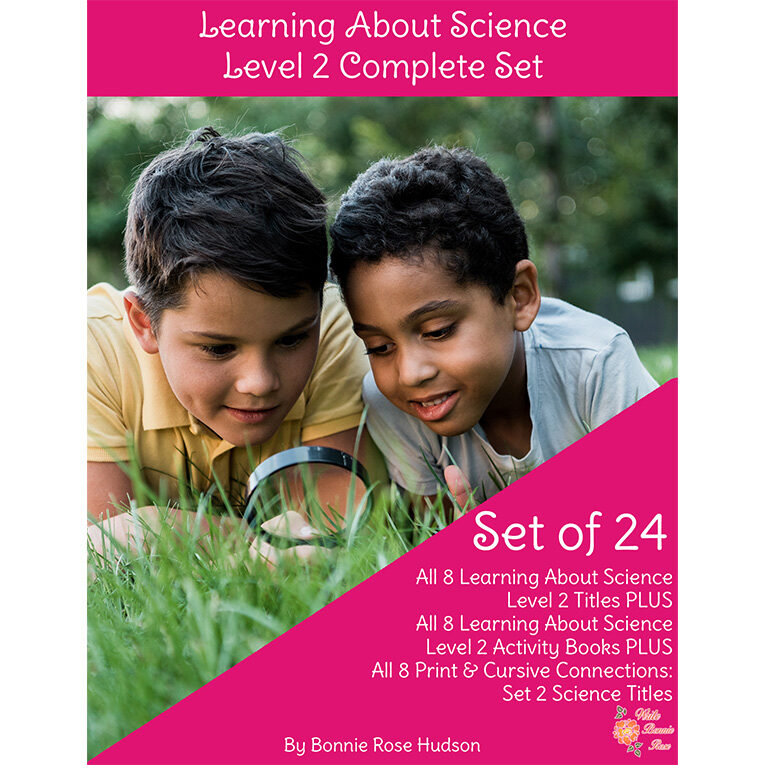
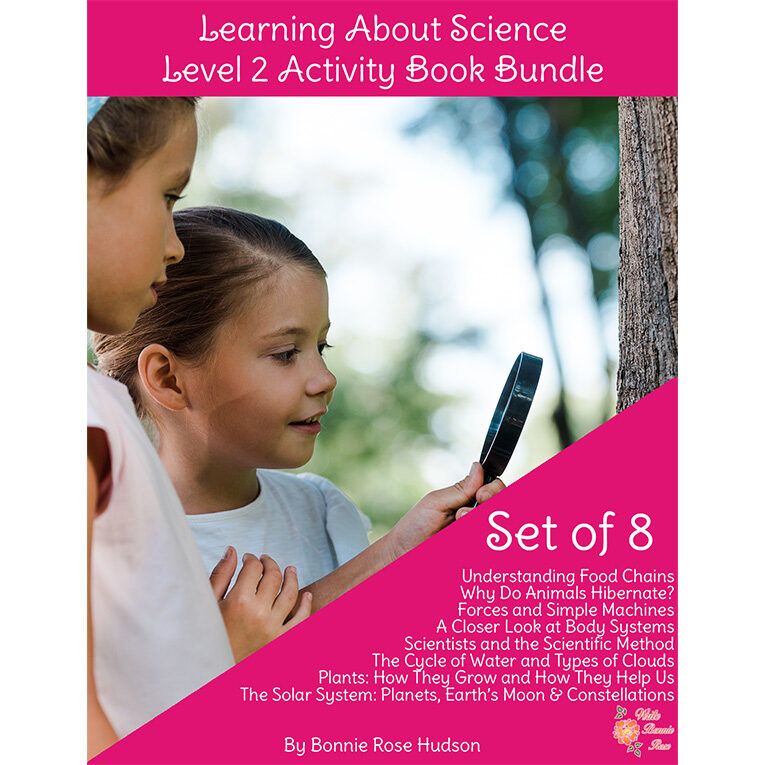
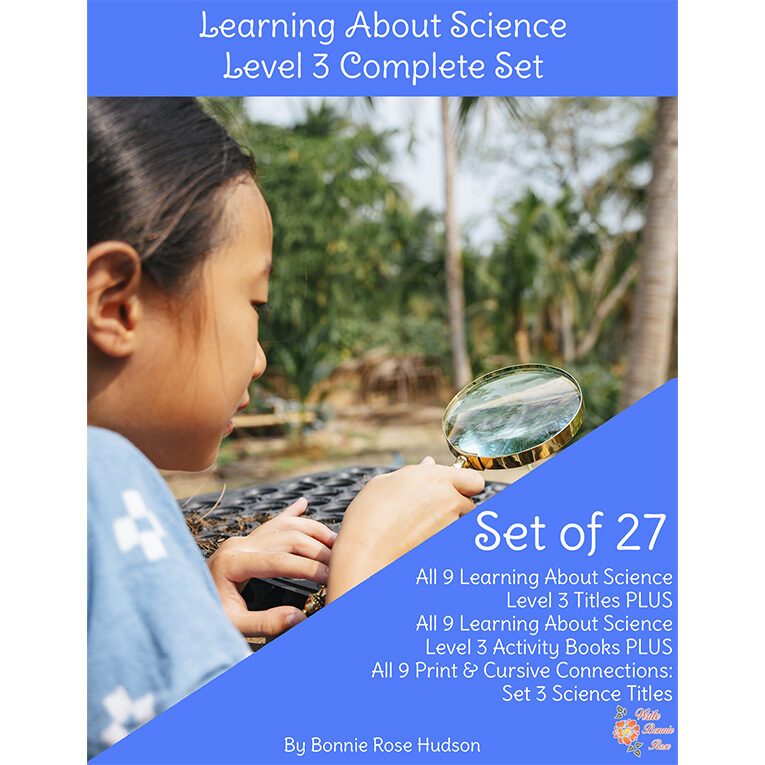
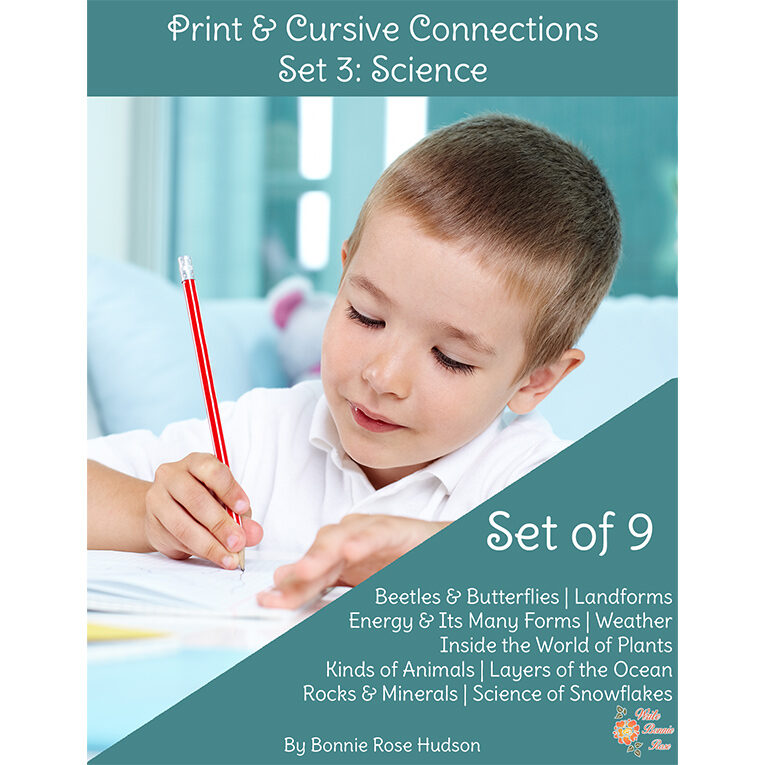
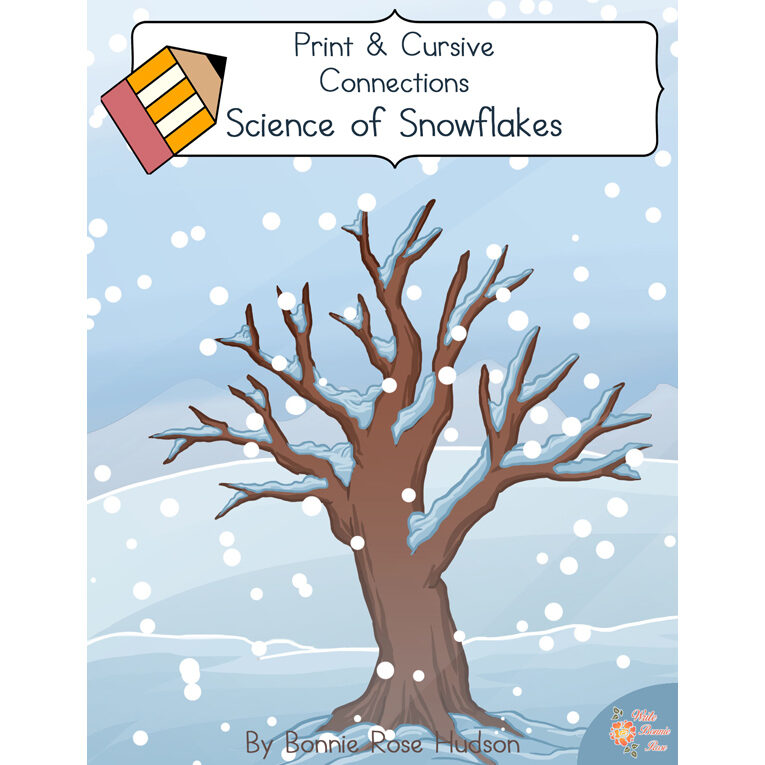
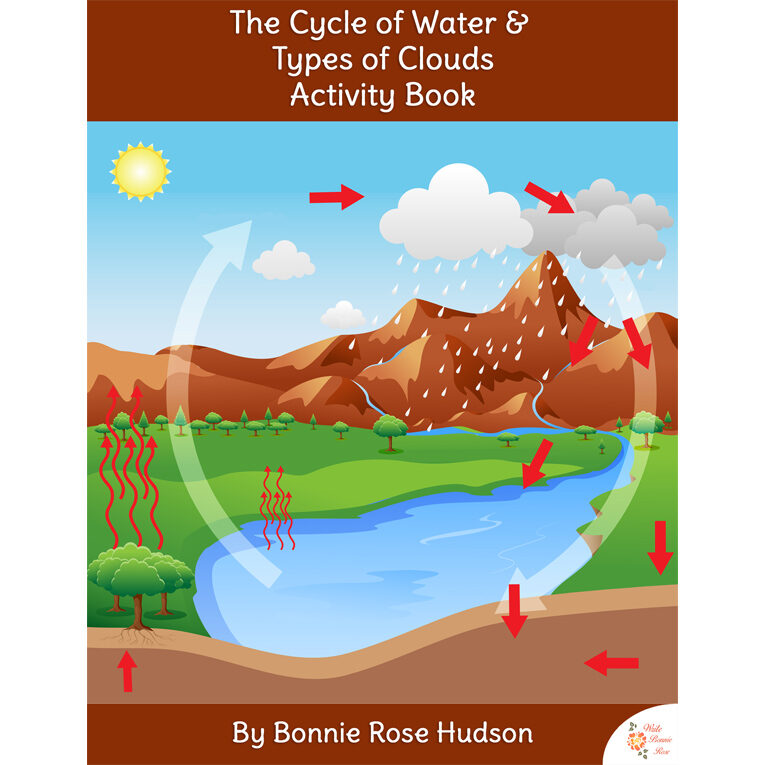
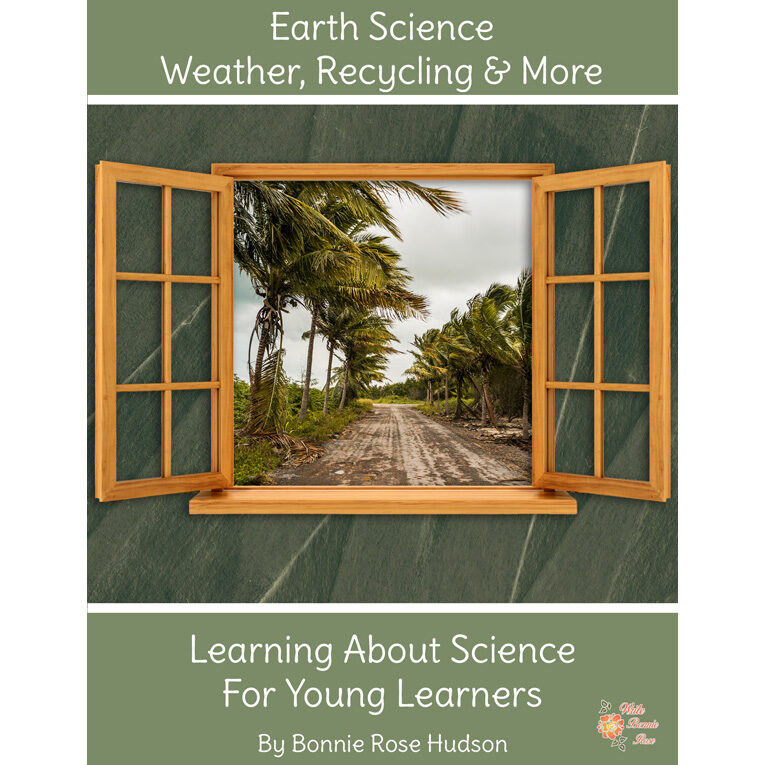
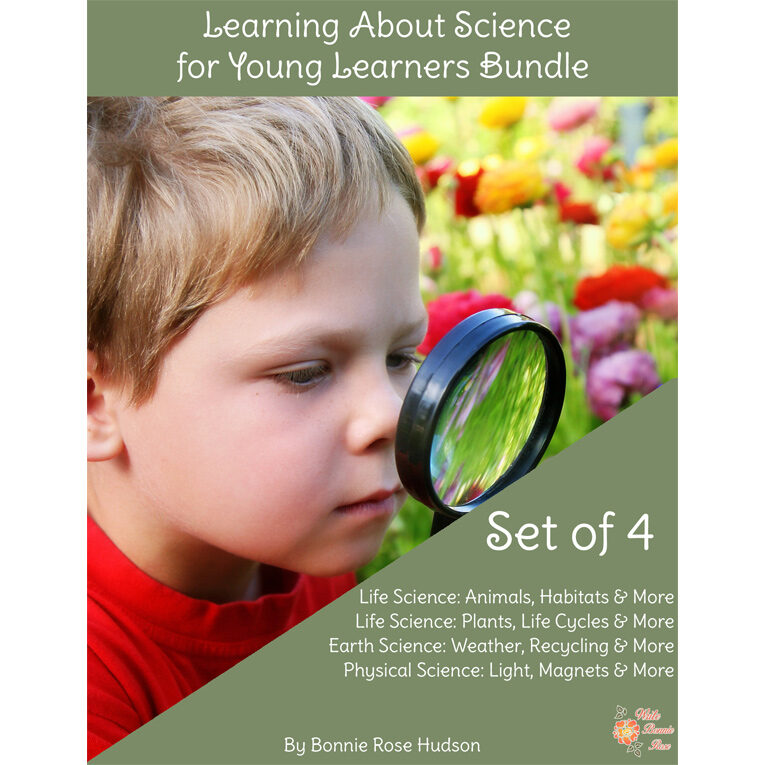
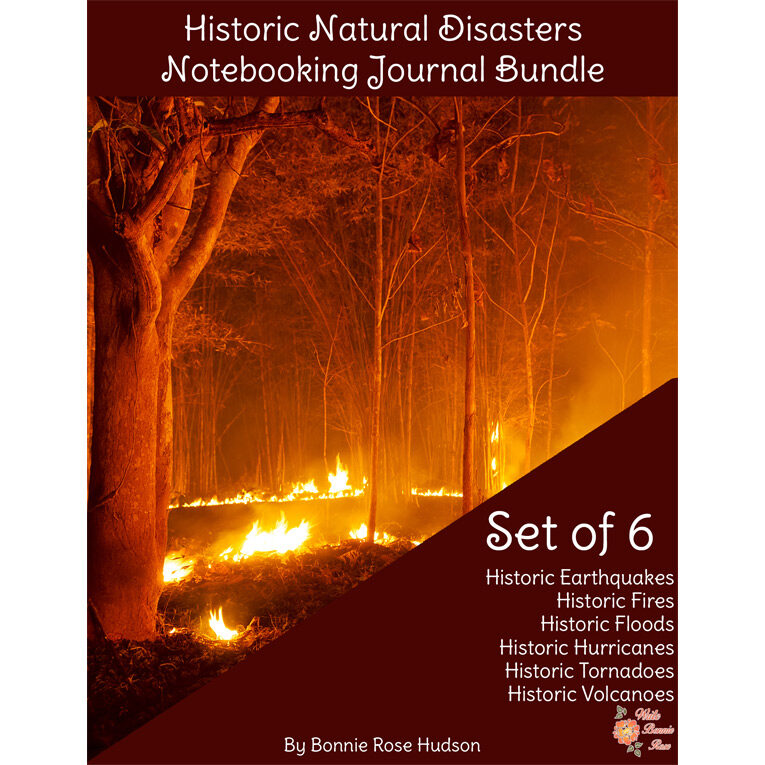
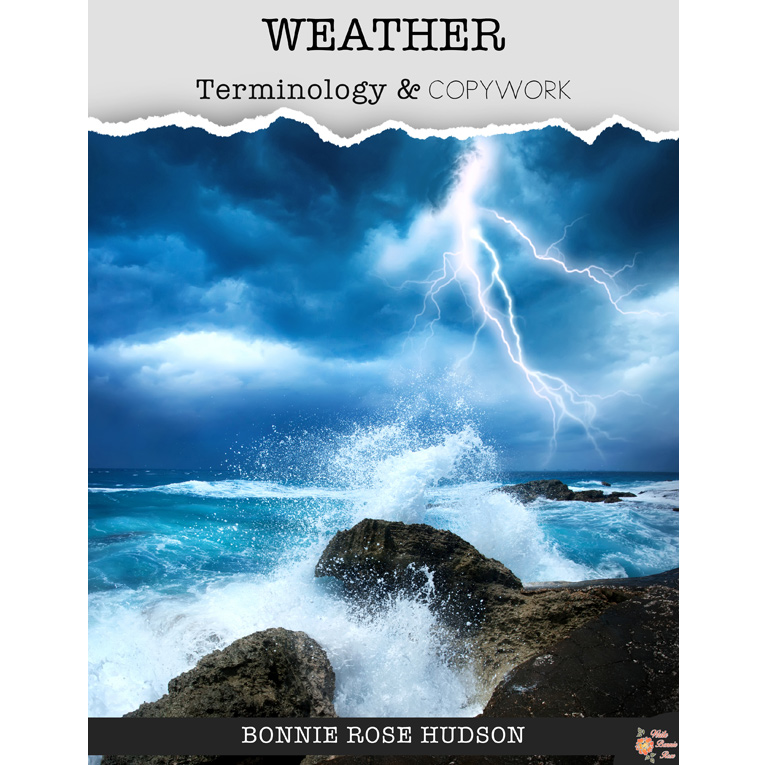
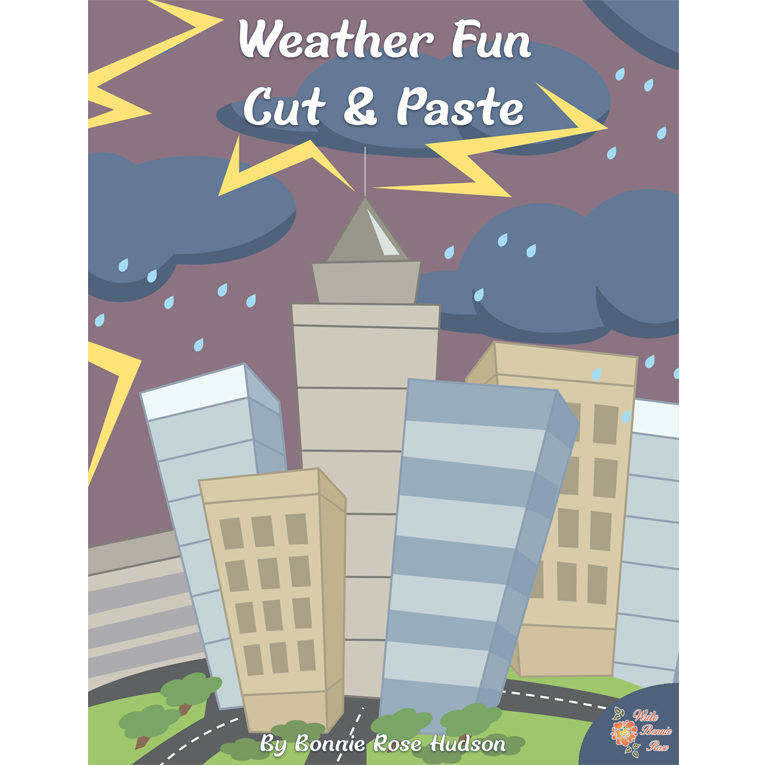
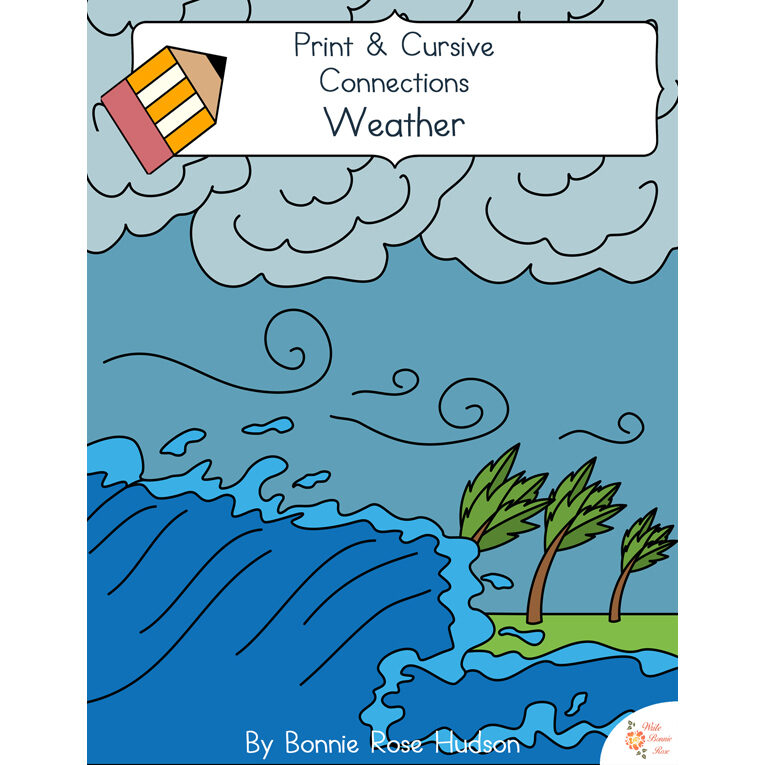
Reviews
There are no reviews yet.